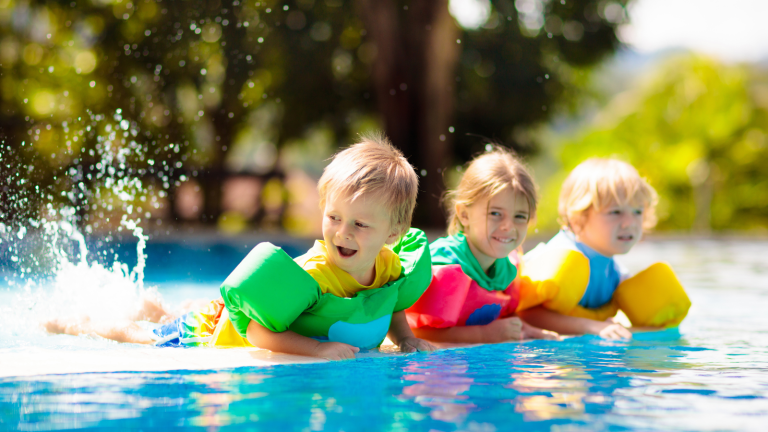Swimming pools are so much fun for friends and family to enjoy during the heat of a Texas summer. As summer approaches, it’s time to get your pool ready for the season. Pools can require a lot of maintenance, upkeep, and repairs throughout the year. Investing in a few items can significantly reduce some of the costs associated with pool ownership as well as create a more efficient system that will save water and reduce your carbon footprint.
Here are 4 easy tips for a more efficient summer pool.
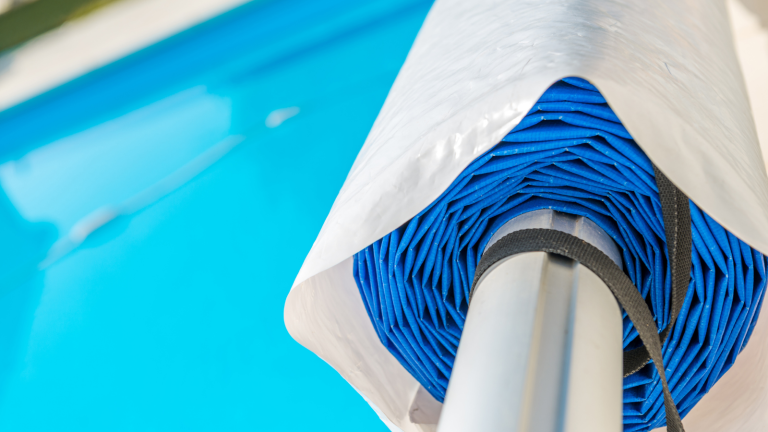
Pool Covers
When it comes to water conservation, pool covers are a must. Evaporation in this Texas heat can cause significant water loss. Pool filters and pumps can become less efficient or break if they get clogged, so it is also useful to help keep dirt and leaves out. A cover will also decrease the water temperature for a cooler swim on hot days.
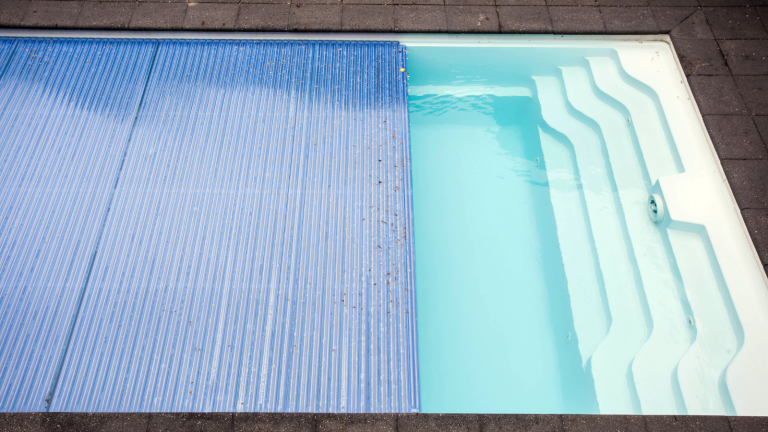
There are many different types of pool covers available on the market. It’s best to use a cover specifically designed for swimming pools like bubble (solar) covers or vinyl covers. There are also options of manual or automatic. Remember, keeping it convenient is critical because a cover does not save water or energy if you never use it!
Not sure what to get? Check out more information about pool covers at the links below.
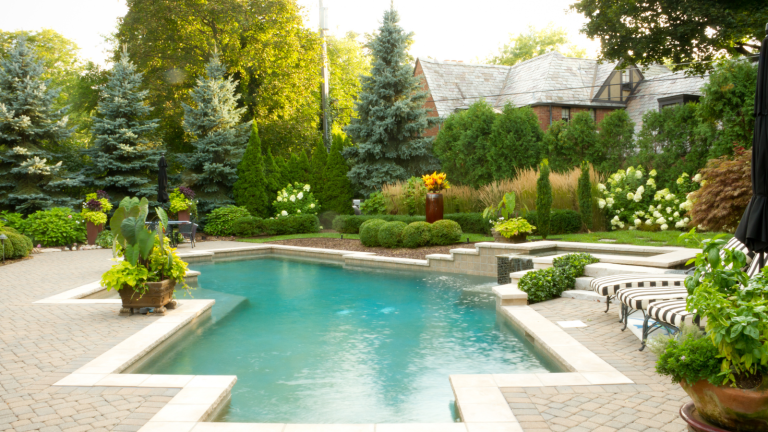
Landscaping Windbreaks
Winds across a pool surface can increase energy consumption and evaporation, resulting in more water loss. Installing a fence, screen, or plants close enough to the pool will decrease the surrounding air turbulence. Using native Texas plants as a windbreak will lower the temperature surrounding the pool, use very little water, and add an oasis feeling to your pool. Adding some beautiful Texas native vines along the barrier is another option that will add significant aesthetic value.
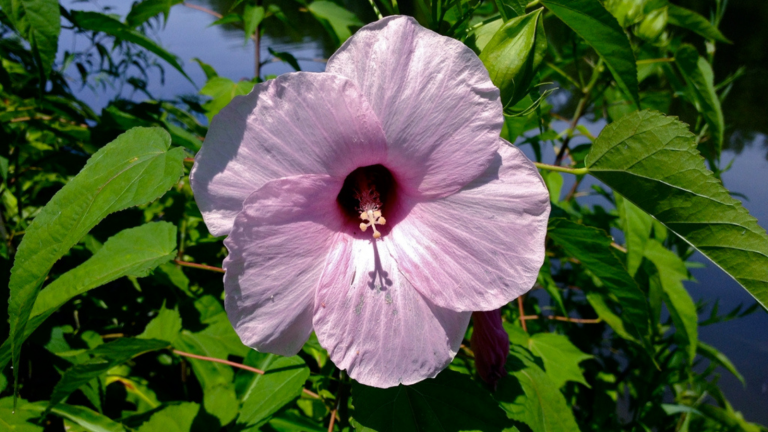
Halberd Leaf Hibiscus
If you are wanting a tropical or beachy vibe for your pool oasis, there are plenty of low water use and drought tolerant plants that fit the bill. Try a Texas Hibiscus like Texas Star or Halberd Leaf Hibiscus, a native Texas palm like the Dwarf Palmetto, or large flowering bushes that attract butterflies like Turks Cap, Flame Acanthus, or Button Bush.
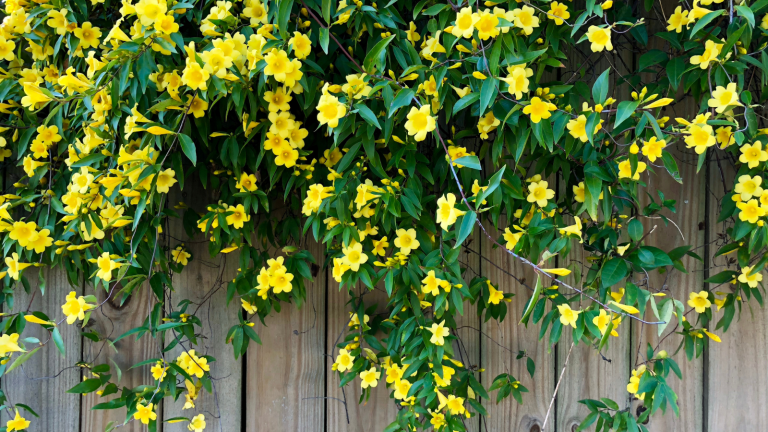
Carolina Jessamine
Passion Vine, Coral Honeysuckle, Carolina Jessamine, Cross Vine, and Trumpet Vine are all great options for vines.
Follow this link to Texas Smart Scape to get more suggestions on which plants work for you!
Search The Native Texas Plant Database – Texas SmartScape (txsmartscape.com)
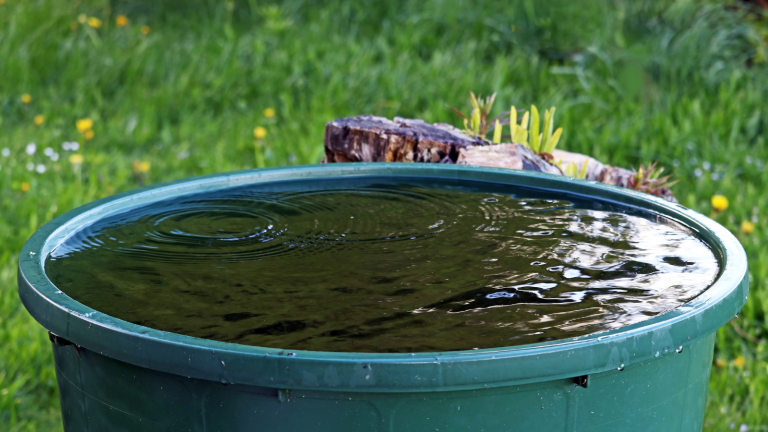
Use Rain Water to Refill the Pool
Harvesting rainwater is an excellent way to conserve water and save money on your bill! Did you know that you can use the rainwater collected from your barrel to refill your pool? Whether it is a 50-gallon barrel or a 1,000-gallon cistern, every little bit helps!
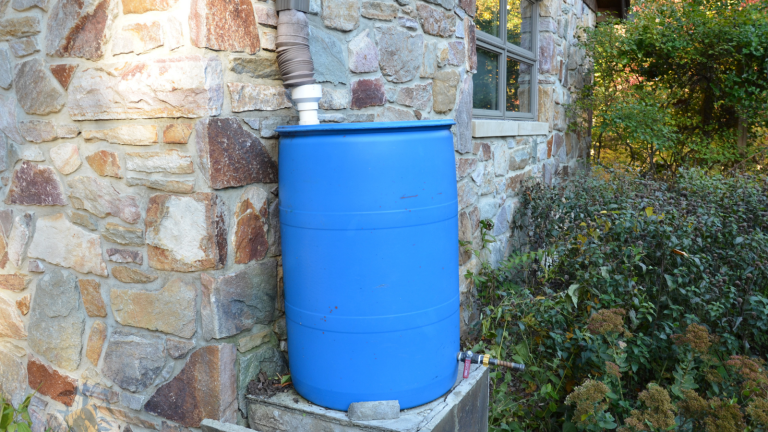
See the link below to visit our calendar of classes, workshops, and events to see if there is a rainwater harvesting workshop near you, or check out our DIY Rainwater Harvesting page to learn how to DIY!
Upcoming Events – Save Tarrant Water
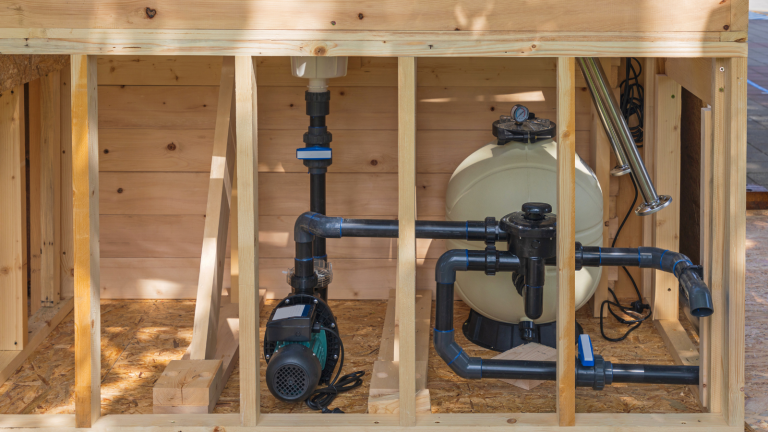
Maintain Efficient Equipment
There are several different types of equipment needed to maintain a pool and the options for each are endless. Overall, the most important thing is to keep all equipment upkept so that it runs efficiently and to buy the most water and energy efficient system components when possible.
The swimming pool pump is the ‘heart’ of the pool system as it provides water flow needed for circulation and filtration. Investing in an energy efficient pool pump could save you considerable amounts of money throughout the lifetime of pool use. Pool pumps come in three speeds: single-speed, dual-speed, and variable-speed. See the links below to determine which pump works best for your needs.
Pool Pumps | Products | ENERGY STAR
Installing and Operating an Efficient Swimming Pool Pump | Department of Energy
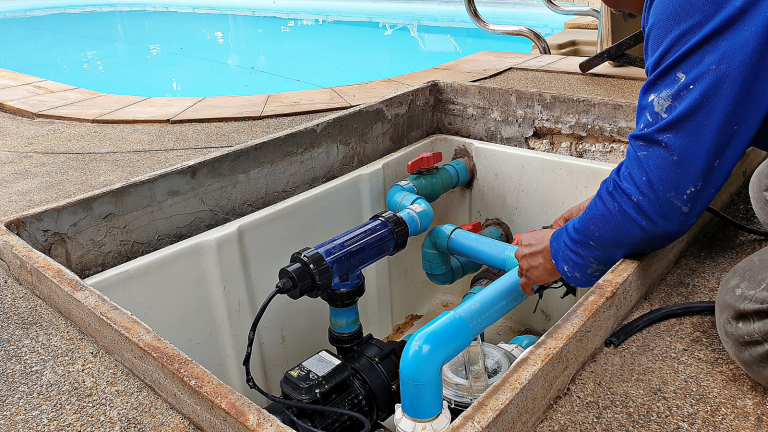
Check your filtration system often and maintain cleanliness, as pools can become clogged with debris. There are three types of filters on the market for residential pools which include sand, Diatomaceous Earth (DE), and cartridge. Visit the links below to compare and contrast these systems.
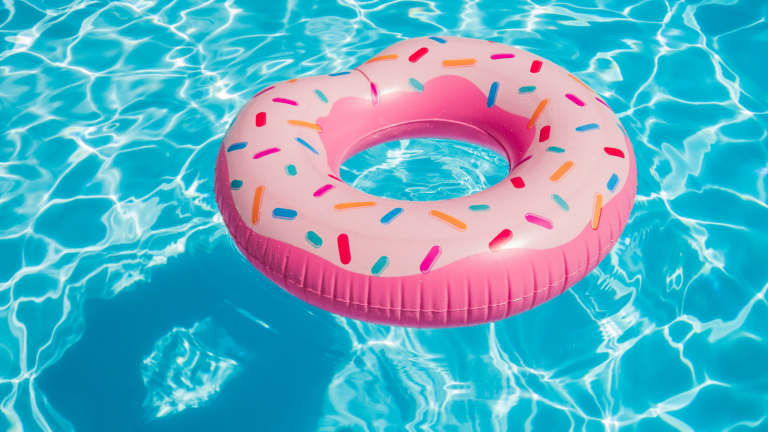
For more water saving pool tips, check out the Water Use It Wisely Pool page.
Visit SaveFortWorthWater.org to learn how to conduct a bucket test for leaks, discover the benefits of pool covers and windbreaks, learn more about pool filters and get proper guidance for how and when to drain a pool.
